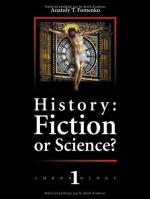|
This section contains 3,312 words (approx. 12 pages at 300 words per page) |

|
Dating techniques are procedures used by scientists to determine the age of a specimen. Relative dating methods tell only if one sample is older or younger than another sample; absolute dating methods provide a date in years. The latter have generally been available only since 1947. Many absolute dating techniques take advantage of radioactive decay, whereby a radioactive form of an element is converted into another radioactive isotope or non-radioactive product at a regular rate. Others, such as amino acid racimization and cation-ratio dating, are based on chemical changes in the organic or inorganic composition of a sample. In recent years, a few of these methods have undergone continual refinement as scientists strive to develop the most accurate dating techniques possible.
Relative dating methods determine whether one sample is older or younger than another. They do not provide an age in years. Before the advent of absolute...
|
This section contains 3,312 words (approx. 12 pages at 300 words per page) |

|


